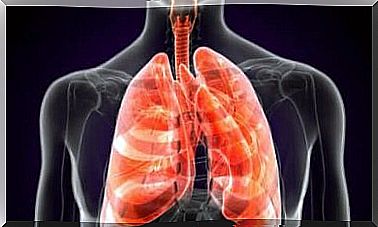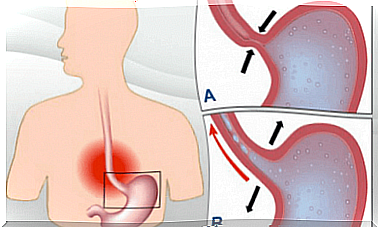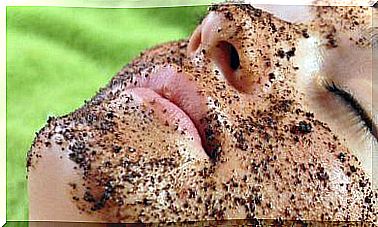Additives In Food – Allergies, Symptoms And Treatments

Allergy to food additives is a problem that is often not noticed because people can confuse it with a food intolerance. However, these are two different phenomena, although both have a common origin and similar symptoms.
When it comes to food intolerances, the digestive system becomes sensitive because the person has problems assimilating a food or an additive properly. When it comes to an allergy to additives and to food in general, the immune system will react disproportionately. This can actually be life threatening.
The general population pays more attention to food intolerances or allergies than to allergies to food additives. This is because the latter are present in most processed foods, and those who consume them ignore their harmful potential.
Additives in food
Food additives are substances that are added to foods during production. They modify them with regard to taste, texture, color, aroma or shelf life, etc. The manufacturers add these substances with approval from the Norwegian Food Safety Authority or other health authorities and usually list them on the packaging.
Allergy to food additives occurs when the body identifies them as potentially dangerous. It therefore creates an immune reaction that attacks the drug with symptoms that can range from mild to extremely severe.
Symptoms of allergies to food additives

Allergies to food additives usually show symptoms in the respiratory tract or on the skin. In more severe cases, it can lead to a severe reaction known as anaphylaxis.
The symptoms of allergies to food additives can vary. The most common, however, are those involving the respiratory tract, such as asthma, rhinitis as well as cutaneous. They usually appear as hives and other types of dermatitis.
As we mentioned above, the symptoms can also develop to create a severe reaction called anaphylaxis, which is life-threatening. This occurs quickly and violently and is due to the enormous release of histamine and other substances. In addition, it restricts the airways and can lead to death.
Researchers currently believe that between 5 and 10% of cases of chronic hives are due to allergies to additives. However, the number may be higher. In fact, there are several limitations to the diagnosis of this problem. In general, however, intolerance to certain foods can be a suspicious signal that an allergy sufferer should investigate.
The potential risk of food additives
All additives can cause side effects, but some have a higher potential risk. They are:
- Antioxidants. Doctors report cases of hives and atopic dermatitis due to food intake with industrial antioxidants. In a few cases, it produces bronchospasm.
- Sulfur dioxide and sulfites. The latter can cause respiratory symptoms such as rhinitis or an exacerbation in asthmatics. They can also lead to dermatitis, hives and digestive problems.
- Nitrates and nitrite. These can aggravate atopic eczema and lead to cases of severe allergic reactions.
- Benzoic acid and benzoates. These are the most common additives that cause allergic reactions. They aggravate atopic dermatitis and can cause asthma, hives, headaches, migraines, concentration problems and hyperactivity.
- Methylcellulose. This additive can lead to unwanted gastrointestinal reactions.
- E441 gelatin. This is a diluent that can cause severe allergic reactions.
- Guar gum and tragacanth. The former can cause gastrointestinal problems. The latter can aggravate atopic dermaitis or cause hives.
- Monosodium glutamate. This can cause severe allergic reactions.
- Dyes. These can cause mild, moderate, or in rare cases, severe allergic reactions.
Treatments

To control allergies to food additives, avoid the processed foods that contain them. You should instead choose fresh, natural foods free of pesticides.
There is no effective treatment for these types of allergies other than eliminating them from your diet. However, this can be difficult as there are many foods with additives on the market.
To make it even more difficult, there are also many additives that are not listed by name, but rather a reference number. It is important to examine the name of the components that correspond to a number or code listed on the label. The best measure is then to avoid packaged processed foods, especially those of industrial origin.
The less industrially processed the food is, the less additives it contains. The best diet is a diet where you only eat fresh and natural ingredients. In addition, you need to avoid consuming foods where the nutritional information is questionable. We recommend that you simply refrain from trying them in such cases.









